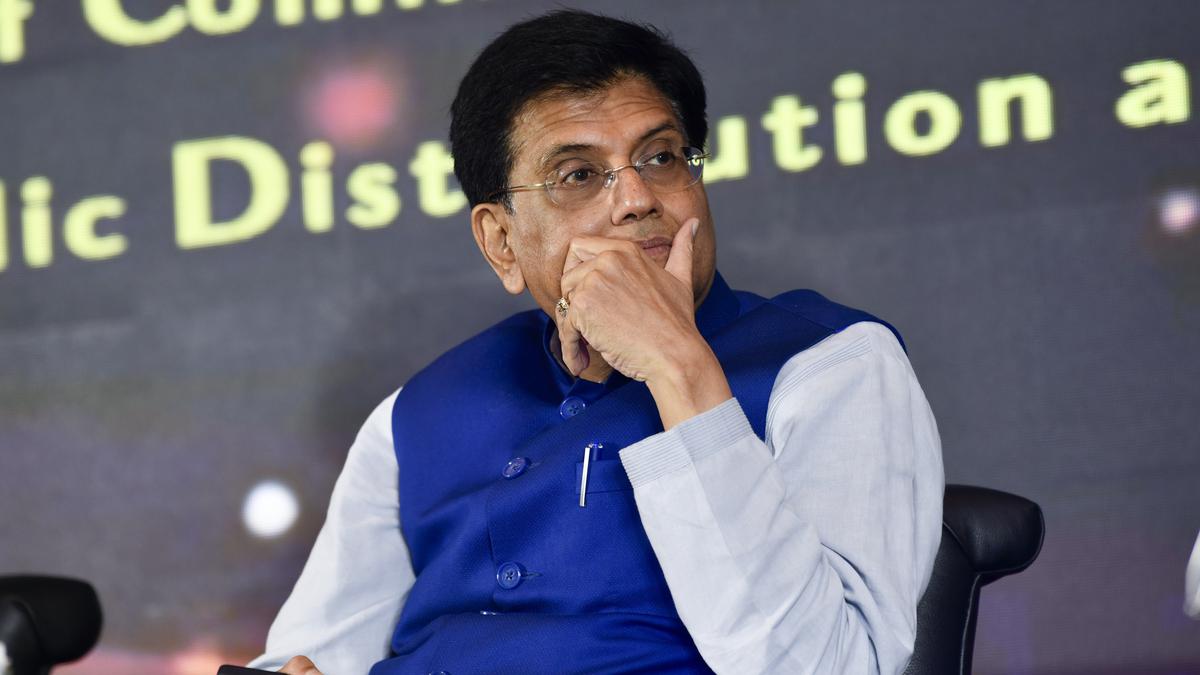
Will review import levy on cotton after consulting Agriculture Ministry, says Piyush Goyal
The Hindu
Union Minister Goyal says decision on cotton import duty removal to be taken after consulting Agriculture Ministry. Export of products such as jewellery, diamonds, and textiles reduced due to economic slowdown in several countries. Extension of time for fresh applications for PLI Scheme for MMF apparel, MMF fabrics and Technical Textiles till Oct. end. Aim of two schemes is to target different segments of textile industry.
A decision on removing the import duty on cotton will be taken after holding consultations with the Agriculture Ministry, said Piyush Goyal, Union Minister for Textiles, Commerce and Industry, Consumer Affairs, Food, and Public Distribution.
When asked about the textile industry’s demand for removal of the 11 % duty on cotton, the Minister told The Hindu, “We need to balance the interests of the farmers and the industry. We will take a call after consultation with the Agriculture Ministry.”
On textile and apparel exports contracting for almost a year, he said export of products such as jewellery, diamonds, and textiles had reduced as economic slowdown in several countries had impacted the demand for such products.
Regarding extension of time for fresh applications for Production Linked Incentive (PLI) Scheme for MMF (man-made fibre) apparel, MMF fabrics and Technical Textiles till October end when the industry was asking for PLI Scheme 2.0, Mr. Goyal said the two schemes targeted different segments of the textile industry..

The Union Budget unveiled on February 1, 2025, has come at a time of unprecedented global uncertainty and a flagging domestic economy. The real GDP growth is estimated at 6.4% for 2024-25 and between 6.3-6.8% for 2025-26, a far cry from >8 percent growth required annually to make India a developed nation by 2047. While much attention has been devoted to the demand stimulus through income tax cuts, not enough is said about the proposed reforms in urban development, tariff rationalisation, and regulatory simplification aimed at making Indian cities and corporates more competitive. Since the majority of economic activity is located in cities (urban areas account for ~55% of GDP) and produced by large corporates (~40% of the national output and 55% of India’s exports), the above-mentioned reforms have a pivotal role in improving India’s trend growth rate. Below we unpack each reform.












